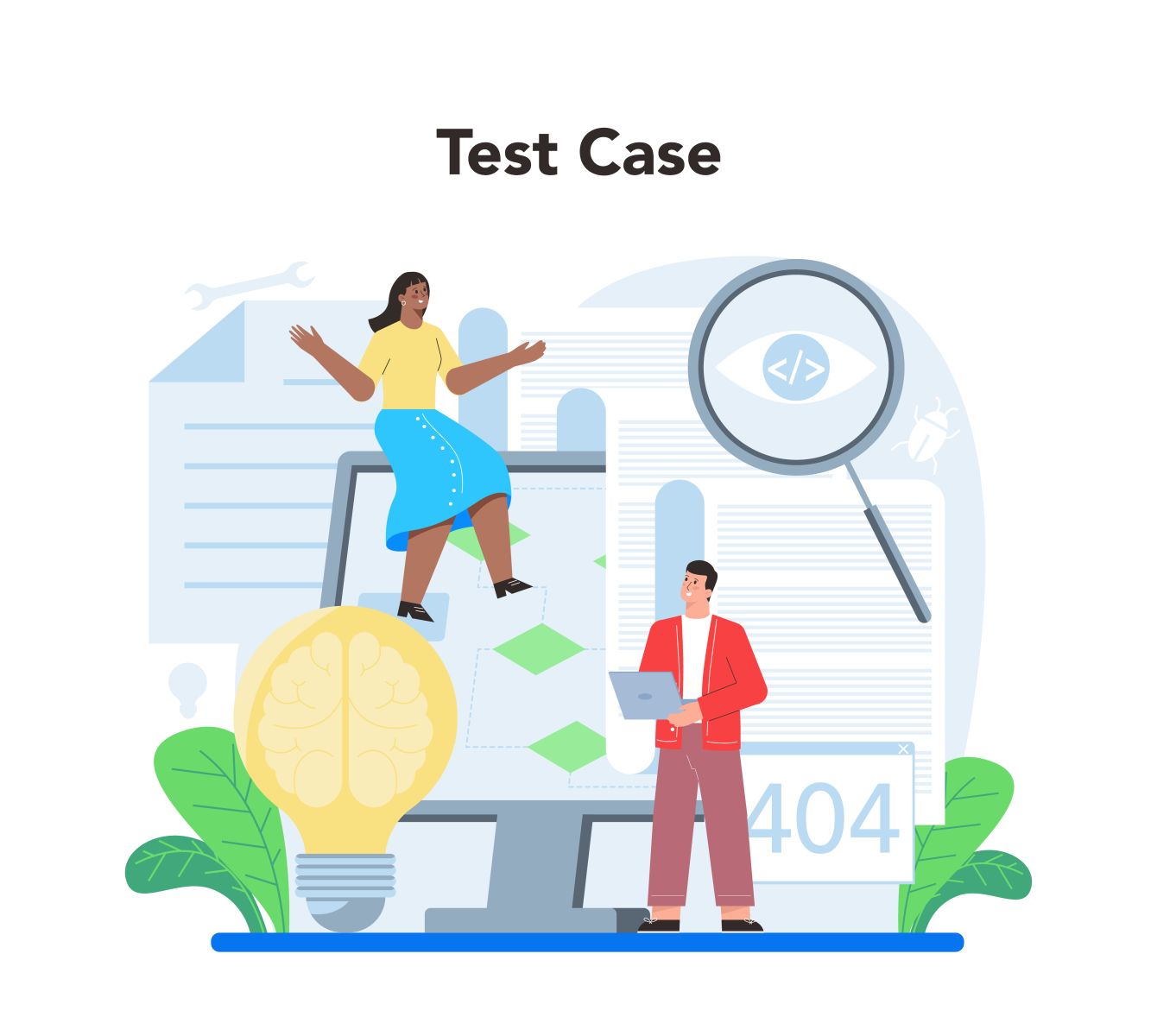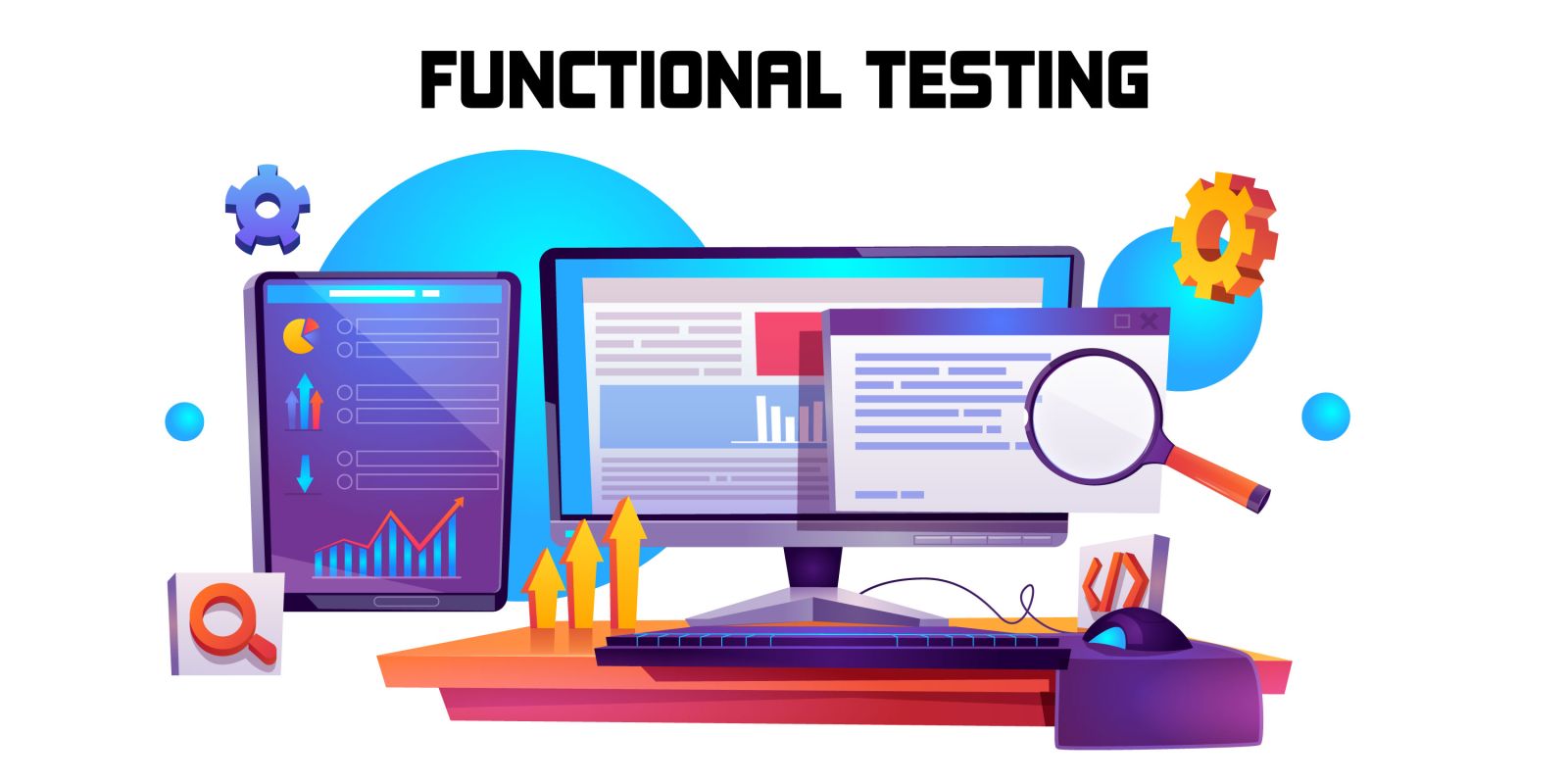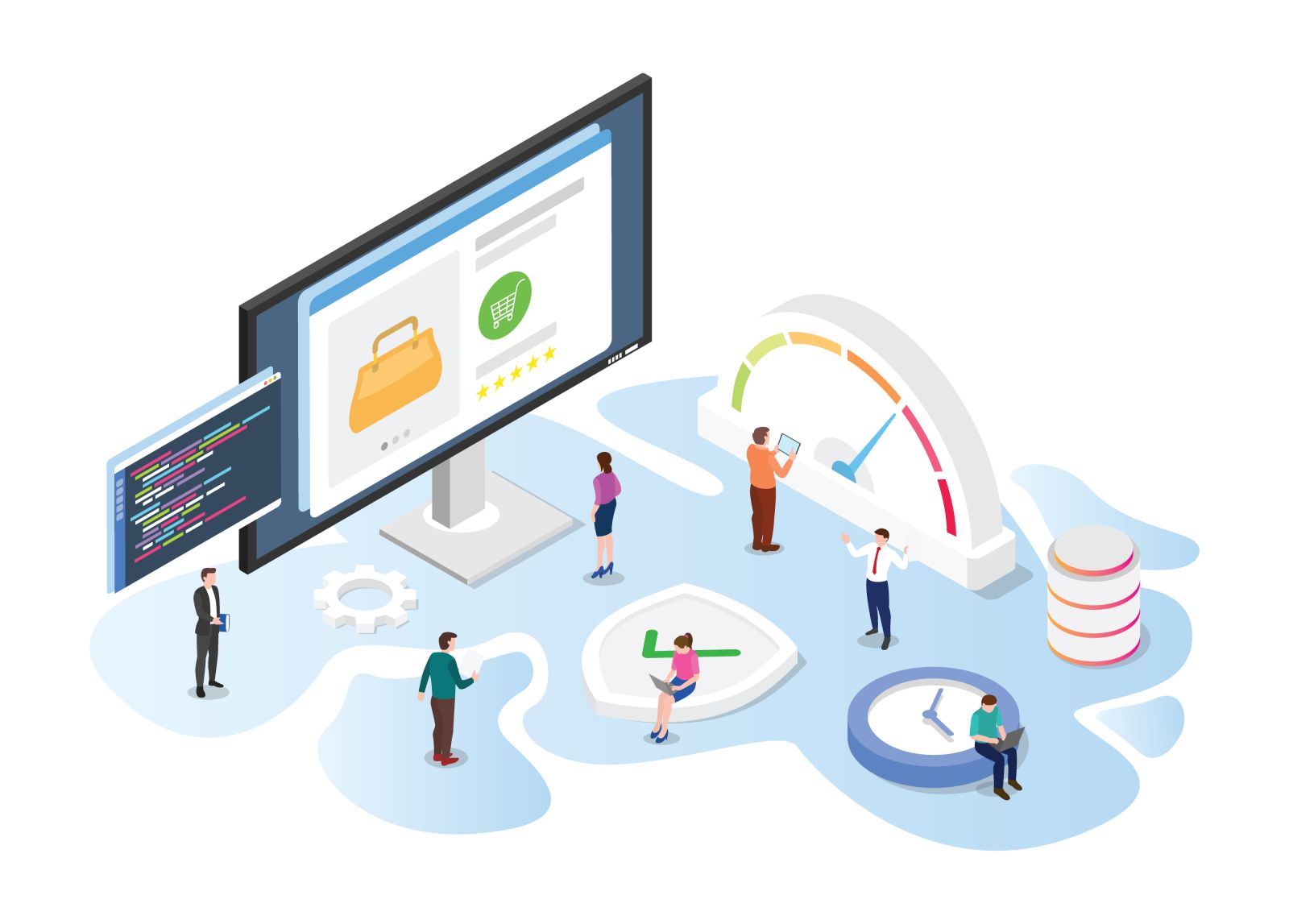The Ultimate Software Testing & QA Checklist for Foolproof Product Launches
Launching a software product can be a complex and challenging endeavour, requiring meticulous planning and execution to ensure its success. One of the critical components of a successful product launch is thorough software testing and quality assurance (QA) procedures. A comprehensive testing checklist can help streamline this process and minimize the risk of launching a flawed product. In this guide, we'll outline the ultimate software testing and QA checklist to help you achieve a foolproof product launch.
1. Requirements Analysis:
- Verify that all functional and non-functional requirements are documented and understood.
- Ensure clear communication between stakeholders, developers, and testers regarding requirements.

2. Test Planning:
- Develop a detailed test plan outlining testing objectives, scope, resources, and schedule.
- Define testing methodologies and techniques suitable for the project.
3. Test Environment Setup:
- Set up testing environments that mirror production environments as closely as possible.
- Ensure all necessary hardware, software, and network configurations are in place.

4. Test Case Design:
- Create comprehensive test cases covering all functional and non-functional aspects of the software.
- Include positive and negative test scenarios to validate both intended functionality and error handling.

5. Test Execution:
- Execute test cases systematically according to the test plan.
- Record test results accurately, including any deviations from expected behaviour.
6. Functional Testing:
- Verify that the software meets all specified functional requirements.
- Conduct unit testing, integration testing, system testing, and acceptance testing as appropriate.

7. Non-functional Testing:
- Perform non-functional testing to assess aspects such as performance, reliability, security, and usability.
- Conduct load testing, stress testing, security testing, and accessibility testing as necessary.
8. Regression Testing:
- Conduct regression testing to ensure that new changes do not introduce regressions in existing functionality.
- Automate regression test suites where possible to expedite the testing process.
9. Compatibility Testing:
- Validate the software's compatibility with different operating systems, browsers, devices, and third-party integrations.
- Test compatibility across various configurations to ensure a seamless user experience.
10. Usability Testing:
- Evaluate the software's user interface (UI) and user experience (UX) to ensure ease of use and intuitive navigation.
- Gather feedback from representative end users to identify areas for improvement.
11. Performance Testing:
- Assess the software's performance under various conditions, including normal load, peak load, and stress conditions.
- Measure response times, throughput, and resource utilization to identify performance bottlenecks.

12. Security Testing:
- Conduct thorough security testing to identify and mitigate potential vulnerabilities and risks.
- Test for common security threats such as SQL injection, cross-site scripting (XSS), and authentication vulnerabilities.

13. Documentation Review:
- Review all documentation, including user manuals, installation guides, and release notes, for accuracy and completeness.
- Ensure that documentation is updated to reflect any changes made during testing.

14. Defect Management:
- Track and prioritize defects discovered during testing using a robust defect tracking system.
- Collaborate with development teams to resolve defects promptly and verify fixes.
15. Sign-off and Release:
- Obtain sign-off from stakeholders confirming that testing objectives have been met and the software is ready for release.
- Plan and coordinate the release process, including deployment to production environments.
Conclusion:
A well-executed software testing and QA process is essential for ensuring a successful product launch. By following the comprehensive checklist outlined above, you can minimize the risk of launching a flawed product and deliver a high-quality software solution that meets user expectations. Remember that thorough testing is an iterative process, and continuous improvement based on feedback and lessons learned will further enhance the quality of your software products.
